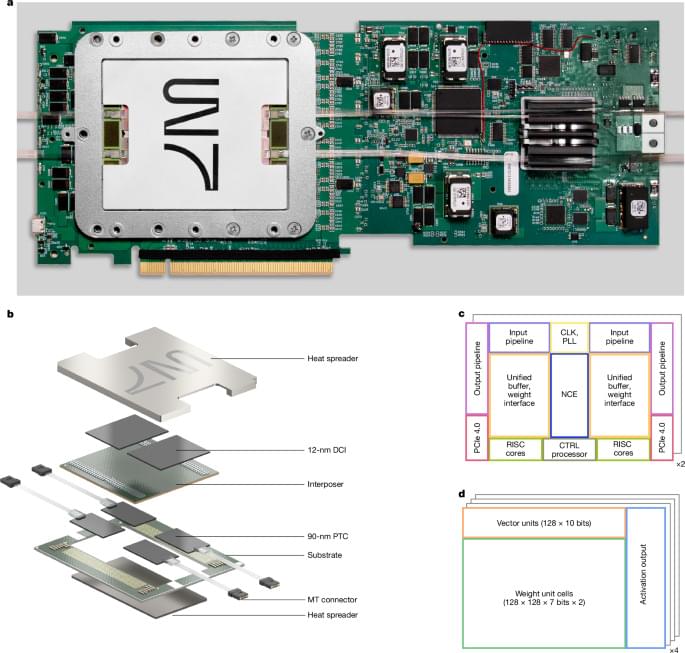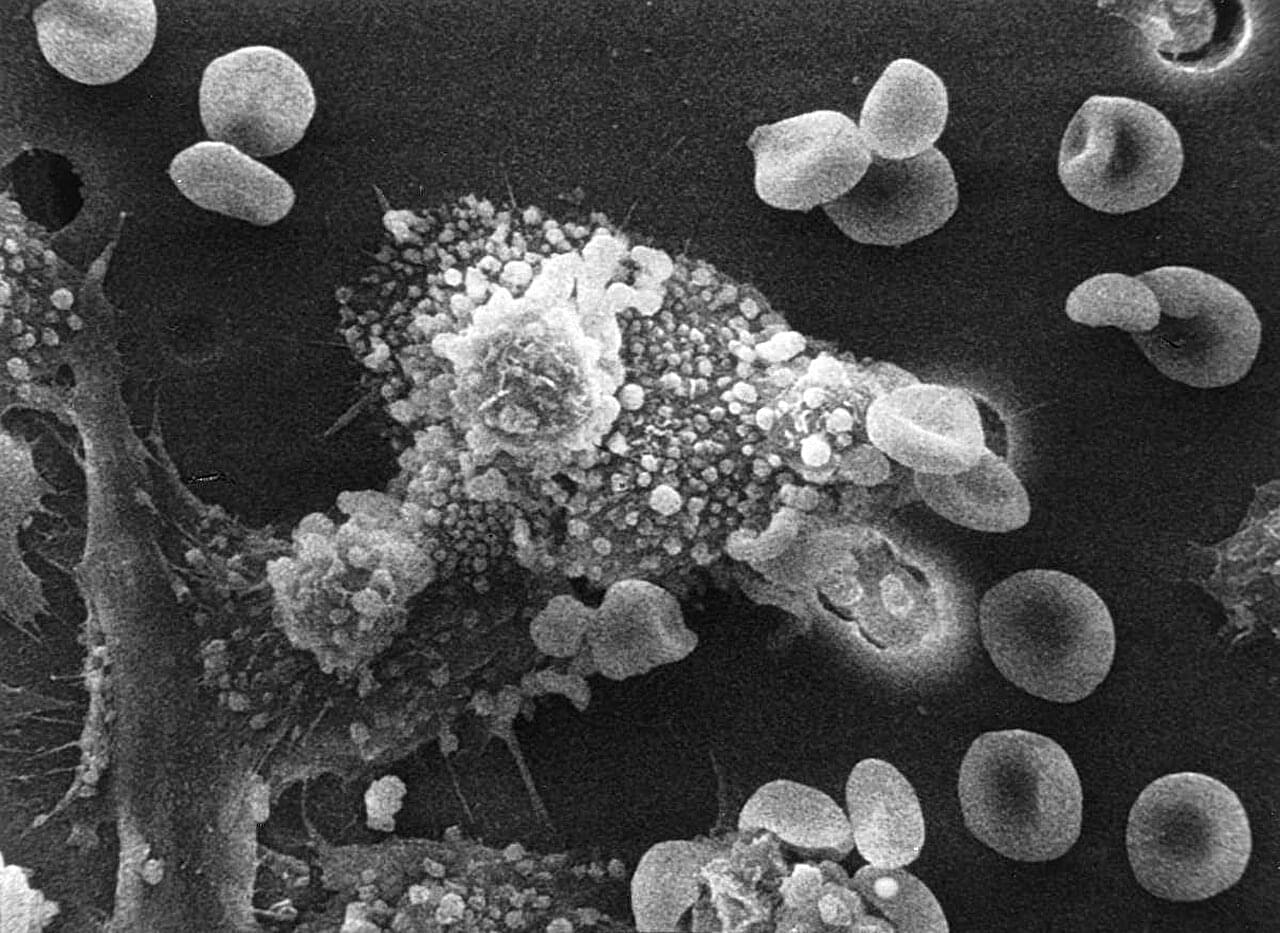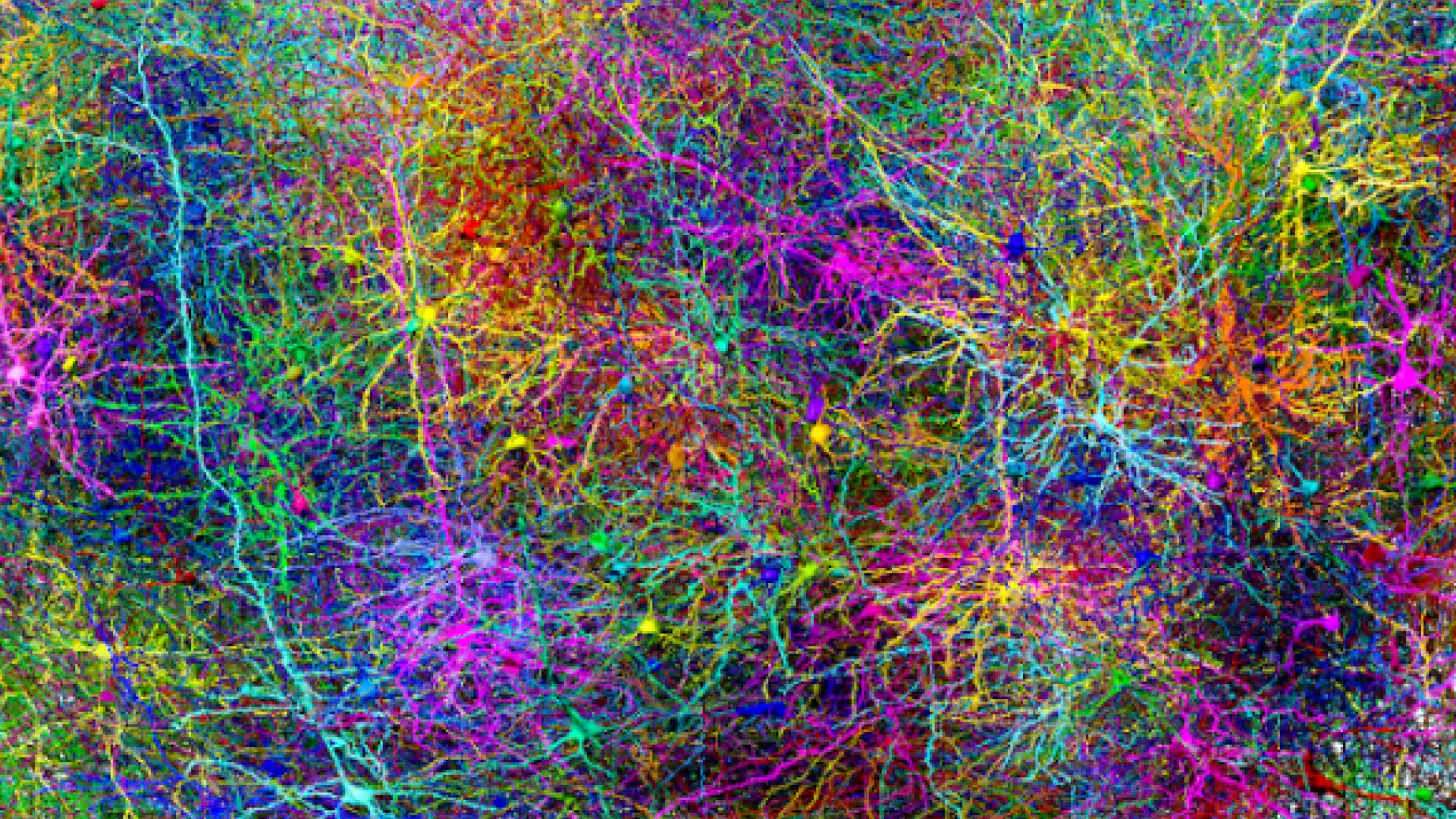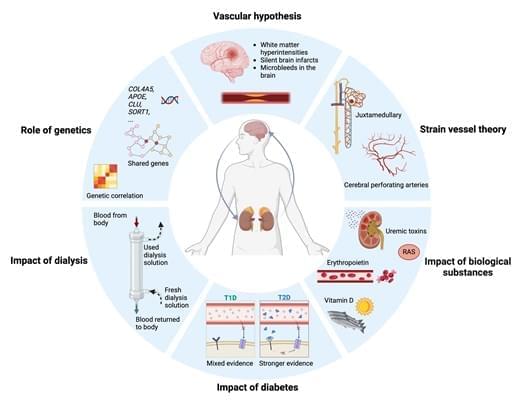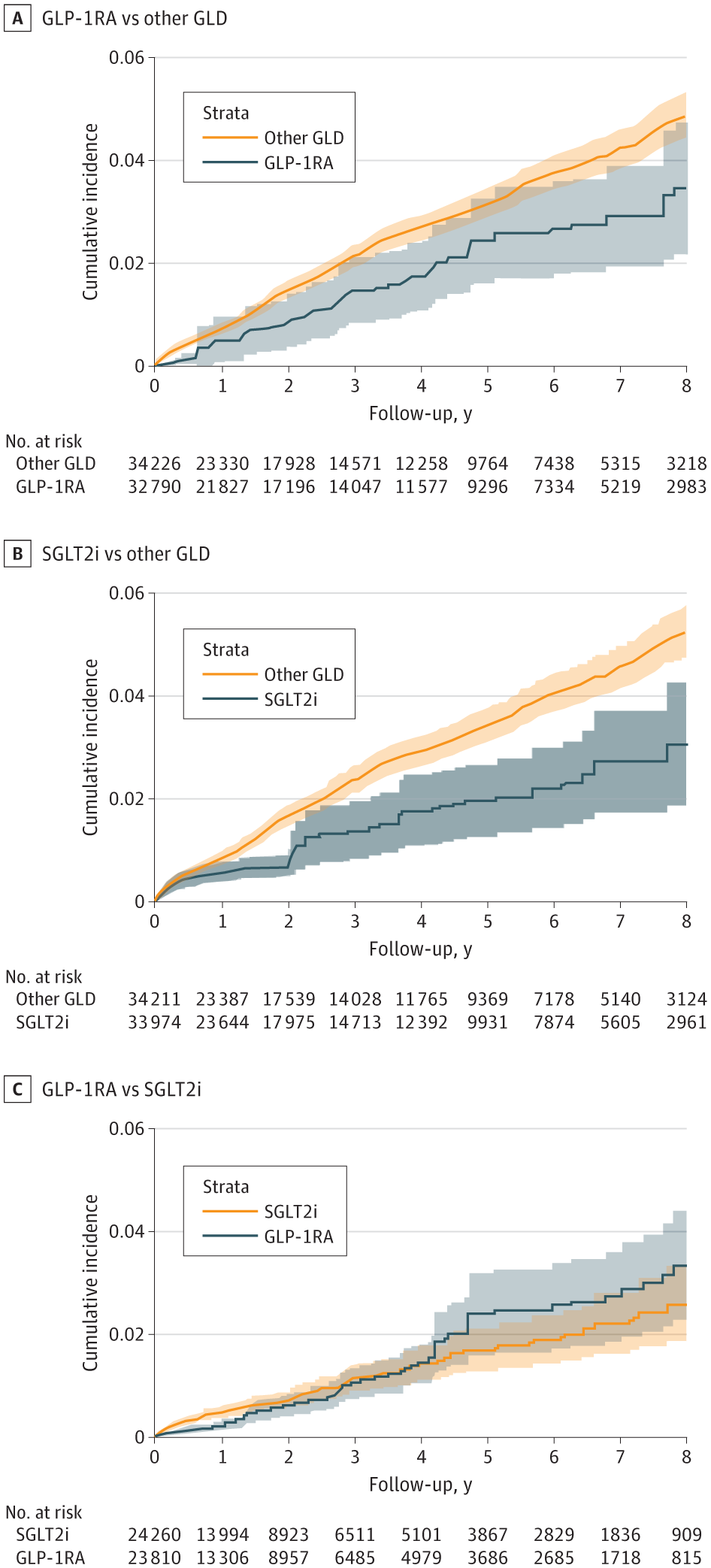A photonic processor capable of running advanced artificial intelligence models with near-electronic precision is introduced, marking a substantial step towards post-transistor computing technologies.
Marines with 7th Communication Battalion are conducting tests with the new free space optics communications system at Camp Hansen, Okinawa, Japan. The highly secured FSO system employs an infrared
Colossal Biosciences CEO Ben Lamm says the critics who call his dire wolves designer dogs are missing the point: ‘It’s a stupid argument.’
Here in this video today we will explore something that has been demanded by viewers of the channel for quite sometime, the Xeelee rings, one of the largest megastructures in fiction. We first have to take a look at the universe we are discussing about. So, The Xeelee Sequence is a series of science fiction novels and short stories by British author Stephen Baxter, exploring the grand scale of the universe from the Big Bang to its ultimate end. The series follows humanity’s evolution over billions of years, its conflicts with alien species, and the mysterious, hyper-advanced Xeelee, who are engaged in a cosmic war against the enigmatic dark matter entities known as the Photino Birds. The books blend hard science fiction with cosmic wonder, delving into themes of time travel, black hole physics, alternate universes, and the limits of human potential. Major works in the series include \.
To grow, cancer tumors must hijack the immune system for their needs. One of the main tricks that most tumors use is to manipulate a type of immune cell called a macrophage, causing it to protect the tumor from the rest of the immune system, recruit blood vessels and help the cancer spread to other tissues.
Now researchers in Prof. Ido Amit’s lab at the Weizmann Institute of Science have used state-of-the-art gene editing and single-cell and AI technologies to identify a master switch that turns macrophages into cancer helpers.
Based on this discovery, the team developed a new therapy that was shown to be effective in mice with bladder tumors, one of the most common types of cancer in humans and one for which only limited therapeutic innovations are currently available. The discovery is presented in a paper published in the journal Cancer Cell.
Many thanks for tuning in!Please support SciFuture by subscribing and sharing!Buy me a coffee? https://buymeacoffee.com/tech101zHave any ideas about people t…
A revolutionary blueprint is emerging from a fragment of brain tissue, promising new insights into the mysteries of the human mind. At the heart of this innovation is NEURD—short for “NEURal Decomposition”—a groundbreaking software package developed by researchers at Baylor College of Medicine.
With NEURD, the time-consuming process of mapping the intricate “street map” of brain connections is being transformed, enabling faster error detection and data corrections that pave the way for discovery.
The brain does not function in isolation from other biological systems in the body. Zuo et al. review evidence for and against an association between kidne
This population-based cohort study examines the association of glucagon-like peptide-1 receptor agonists and sodium-glucose cotransporter-2 inhibitors with the risk of Alzheimer disease and related dementias in patients with type 2 diabetes.
